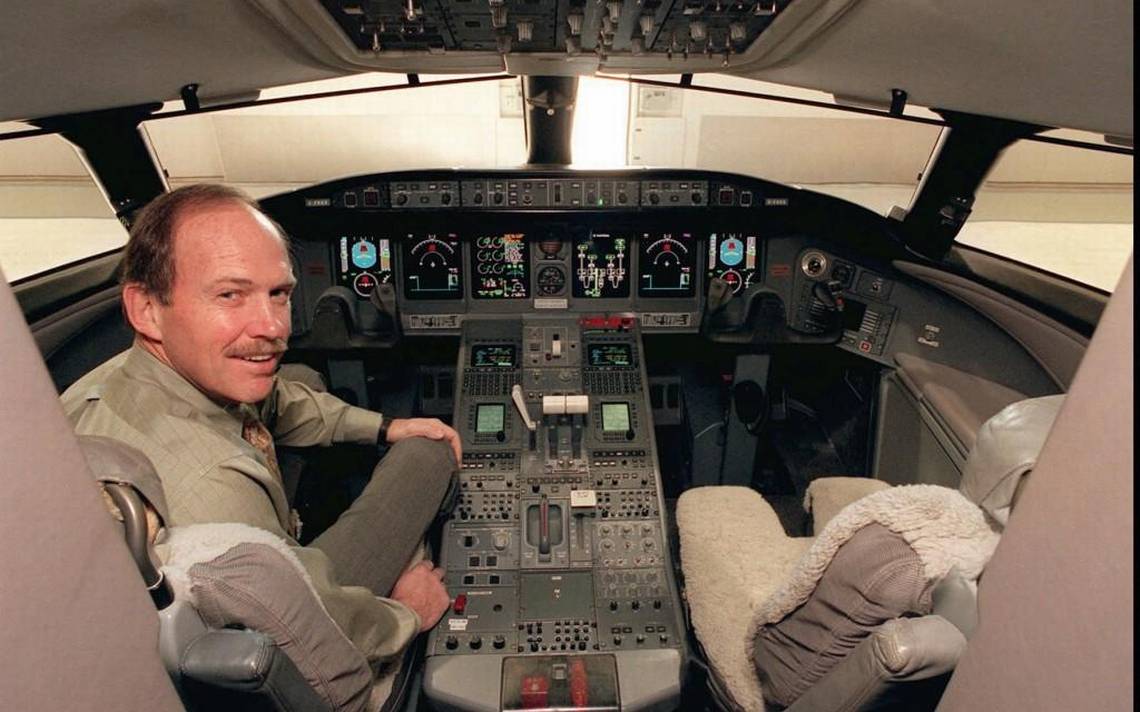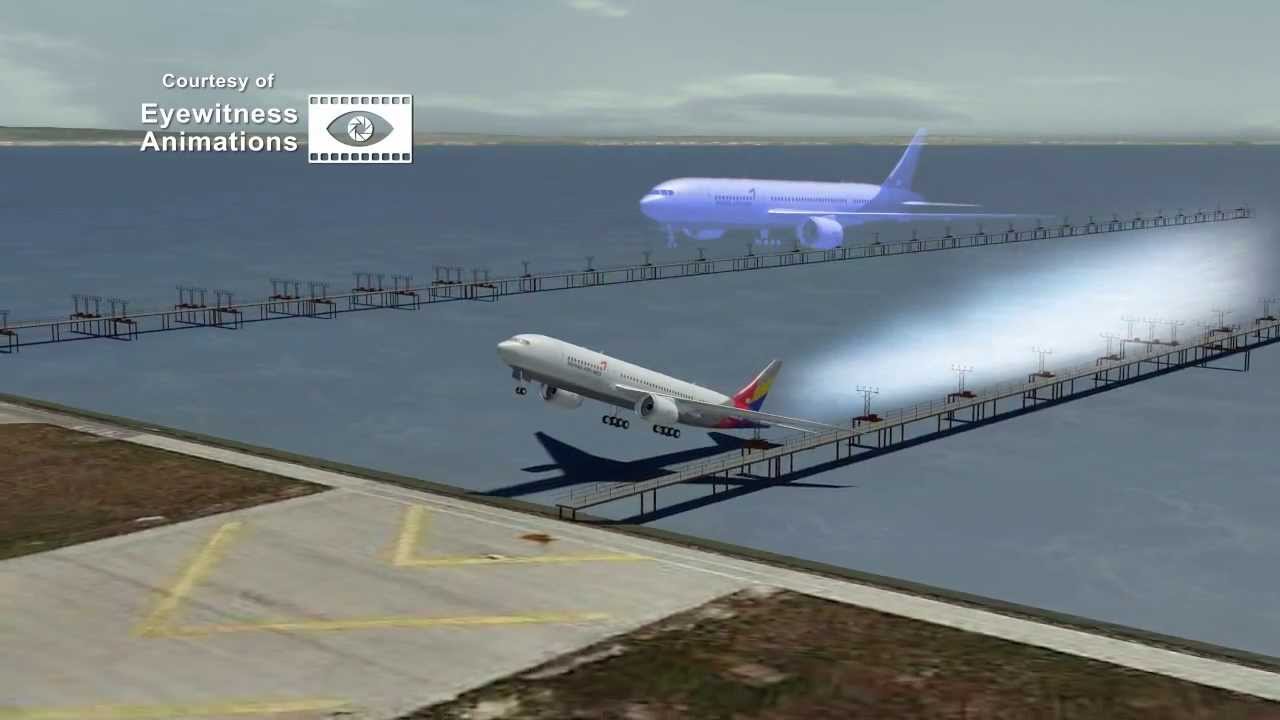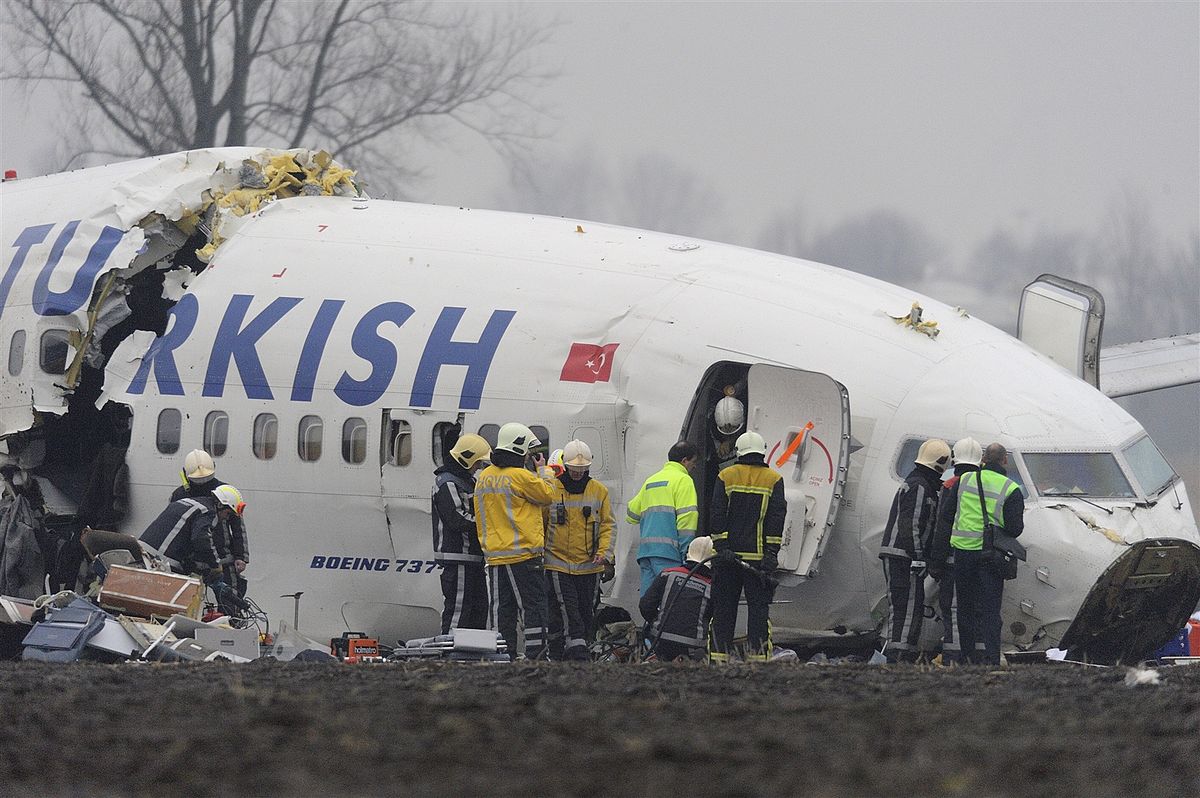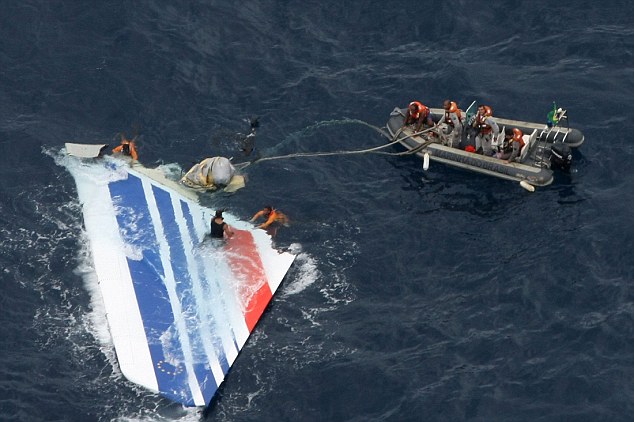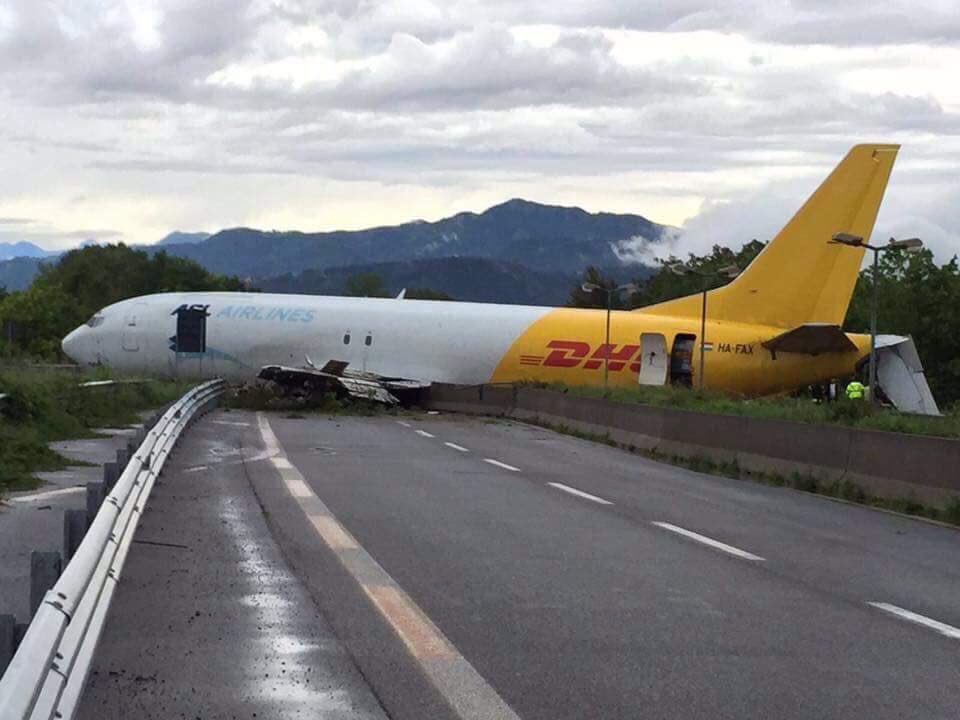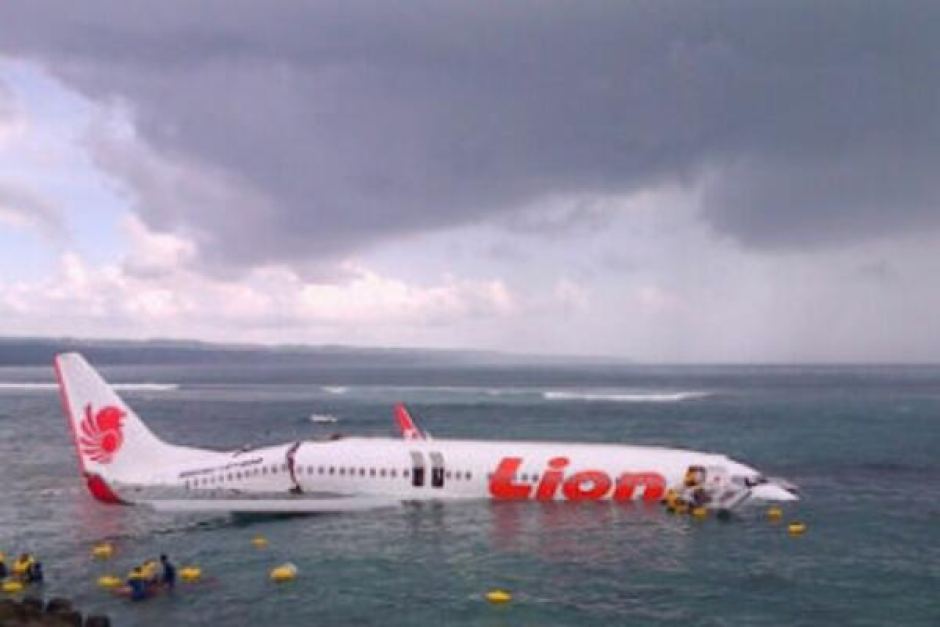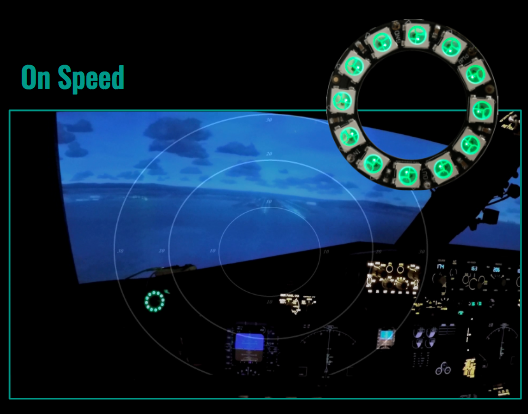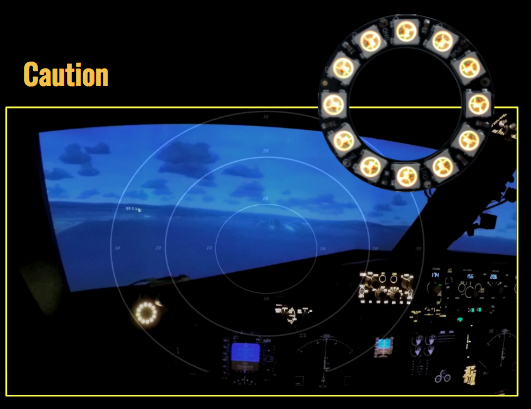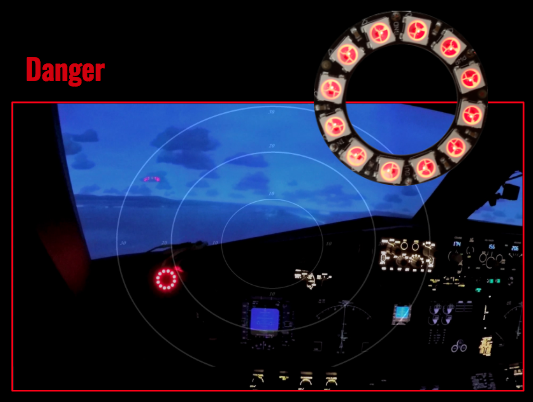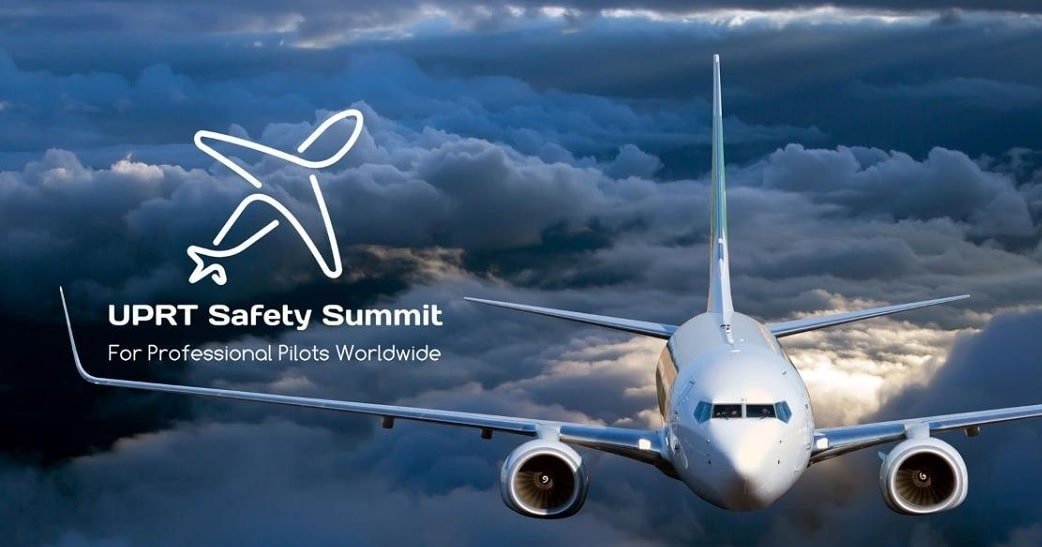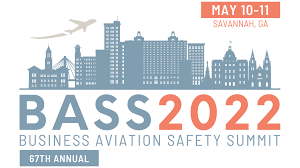Overview
Problem: Landing Accidents
More than 70% of all accidents happen during approach and landing.
Poor airspeed management by pilots contributes to many landing accidents.
Key elements: High task-loading or inattention and distraction.
Timing: A Plea from Aviation Safety Experts
Many aviation safety experts have analyzed these accidents. As a result, the NTSB issued a strong recommendation to the FAA to require installation of multi-sensory low airspeed alerting systems in all commercial aircraft
The FAA mandated alerting system installation in commercial aircraft applying for a new or updated certification from 2010 onward. A retrofit mandate is currently under discussion.
Solution: Q-Alpha Flight Energy Awareness Display
A new low airspeed alerting system that: 1) is highly effective, especially when pilots are distracted and inattentive, and 2) is easily retrofitted.
The IP-protected ‘Q-Alpha Flight Energy Awareness Display’ has been thoroughly tested and has been endorsed by every pilot that has flown with it.
Opportunity: 500+ Lives and $6+ Billion
Q-Alpha can save 500+ lives and $6+ Billion over 10 years.
In its first year of operation, the display can save airlines enough to pay for its installation.
High net margins, a large addressable market, and well-capitalized potential acquirers.





